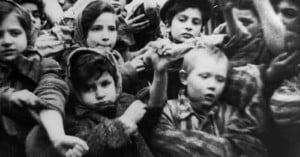
Engineer Creates AI That Identifies Photos of Unknown Holocaust Victims
An engineer has created software that uses artificial intelligence (AI) to identify anonymous Holocaust victims in World War II photos.

An engineer has created software that uses artificial intelligence (AI) to identify anonymous Holocaust victims in World War II photos.
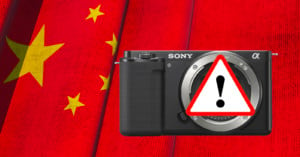
Sony has been fined 1 million yuan by the Chinese government for "damaging the dignity of the Chinese state" for advertising an announcement for a new product last July, on the day historically associated with the start of the Sino-Japanese War.
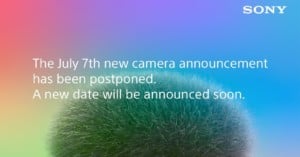
Sony has postponed a camera launch that was originally planned for Wednesday, July 7, after Chinese citizens expressed anger over the date, which is also the 84th anniversary of Japan's invasion of China that sparked the Sino-Japanese War and World War Two in Asia.
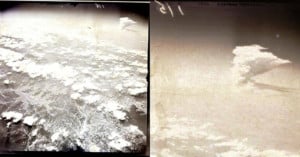
There's an unbelievable auction currently live on eBay that might rank as the most expensive item we've ever seen on the site. Uncovered by the folks over at The Phoblographer, the auction is offering hundreds of historic WWII prints, a Kodak Pocket camera, and an extremely rare negative of the Hiroshima bombing, all for the whopping buy-it-now price of $2,000,000.33.
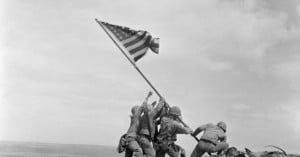
The Marine Corps has confirmed that one of the six marines in the iconic photograph "Flag Raising on Iwo Jima" has been misidentified for over 70 years. The man who was thought to be Pfc Rene Gagnon was, in fact, Cpl Harold “Pie” Keller.
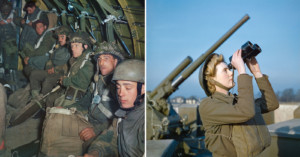
Due to costs and scarcity, the vast majority of photos captured during World War II were shot on black-and-white film. Some images were captured in color, however, and those rare shots reveal what scenes from the Second World War looked like to people in them.
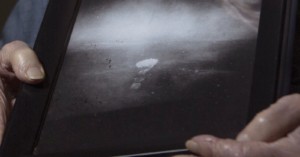
On August 6th, 1945 Russell Gackenbach captured a historic, horrifying event on his personal camera. From the bowels of an Air Force bomber, he snapped two pictures of the first atomic bombing when a 9,000-pound uranium-235 bomb named 'Little Boy' obliterated the city of Hiroshima, Japan.
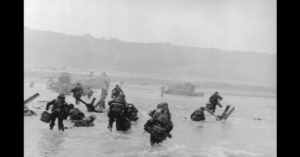
TIME’s Behind the Picture recently dove into the fascinating story behind how some of the most iconic photographs of World War II almost never were. Narrated by John Morris, Editor of LIFE magazine during WWII, Morris tells the story behind the photographs captured by Robert Capa on Omaha Beach during the D-Day invasion.
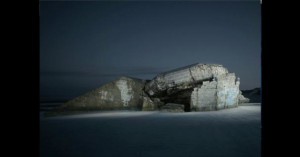
To fill the time during slow winter months, photographer Jonathan Andrew decided to follow through on an idea that he had a few years back: he started photographing old WWII bunkers. Based out of Amsterdam, he already had several to work with close-by, but as the project has received more and more media attention, he's taken the time to travel all over Europe, adding more beautiful, haunting bunker images to his portfolio.